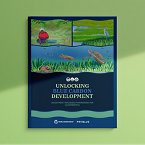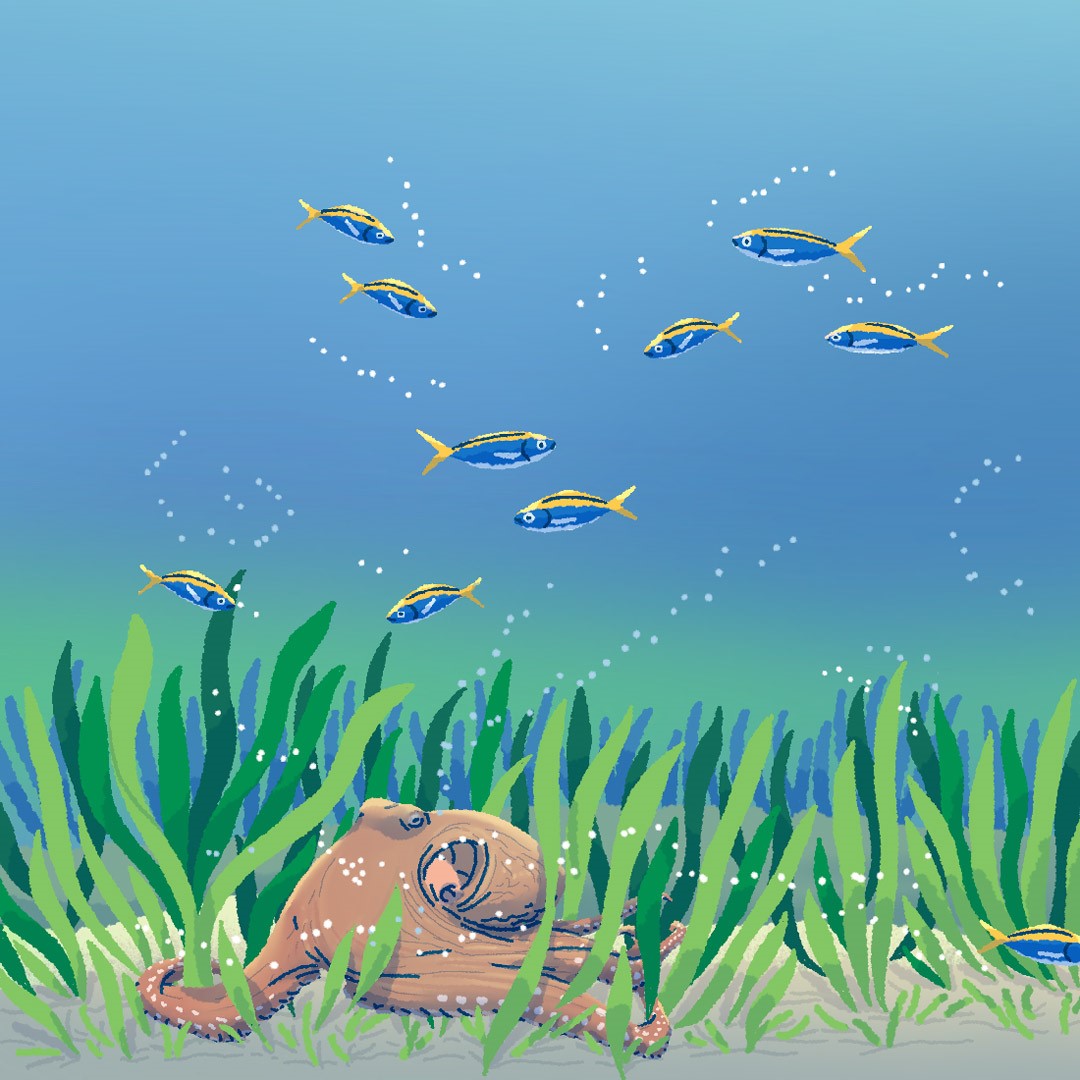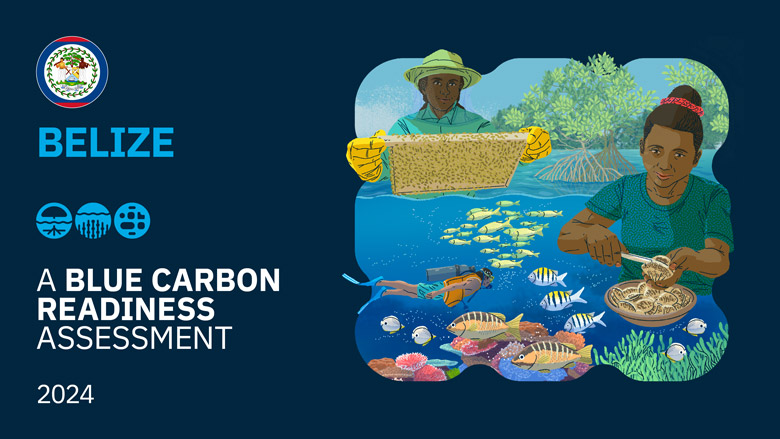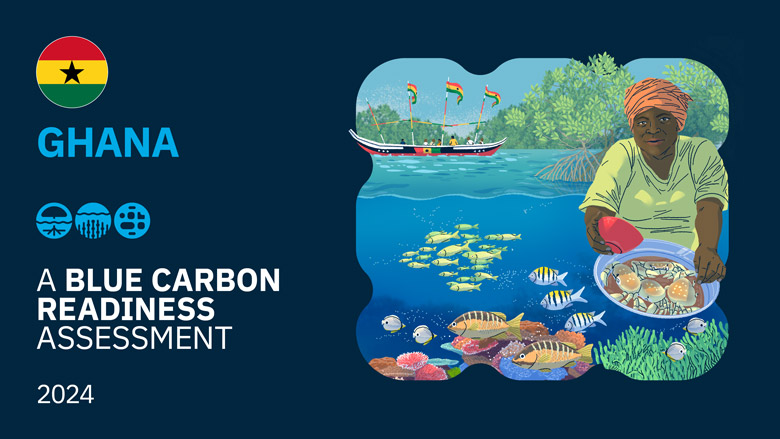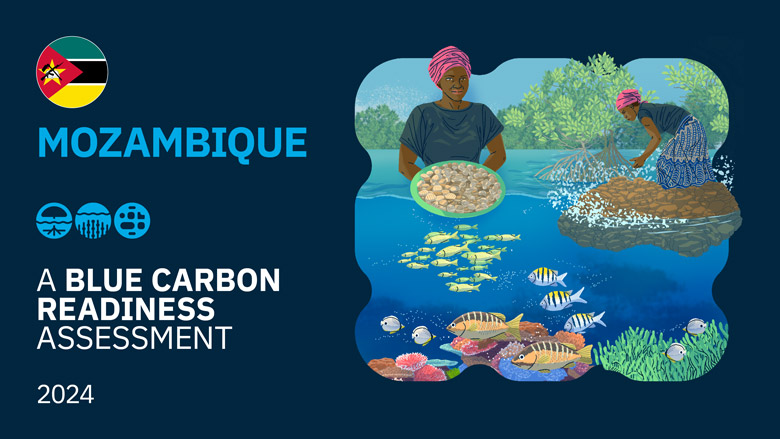Conserving and restoring our marine and coastal ecosystems will help fight climate change, create meaningful jobs, and improve people’s quality of life (Bertram et al. 2021):
• On average, restoring one hectare of mangroves stores five times more carbon than restoring a similar area of terrestrial forest.
• Stopping seagrass destruction and degradation worldwide could save up to 650 million tons of CO2 emissions annually, roughly equivalent to the entire annual emissions of the global shipping industry.
Blue carbon ecosystems store carbon, provide natural habitats for biodiversity to flourish, support fisheries and food security, promote tourism and jobs, and help protect coastal communities from climate disasters, among other benefits. Blue carbon ecosystems demostrate how development, climate, and nature work together to feed, protect, empower, and uplift communities.
Despite these staggering benefits, blue carbon has been eroded.
• Over 50 percent of the world’s original salt marshes were lost during the twentieth century.
• As much as 35 percent of mangroves were lost due to deforestation in the 1980s and 1990s.
• An estimated 25 percent of total global seagrass beds have been lost.
The World Bank's first-of-its-kind blue carbon readiness framework empowers governments to tap into their full blue carbon potential to benefit people and the planet. This tool helps governments invest in blue carbon to deliver real and scalable impact for their communities and economies and help meet their commitments under the Paris Agreement.

